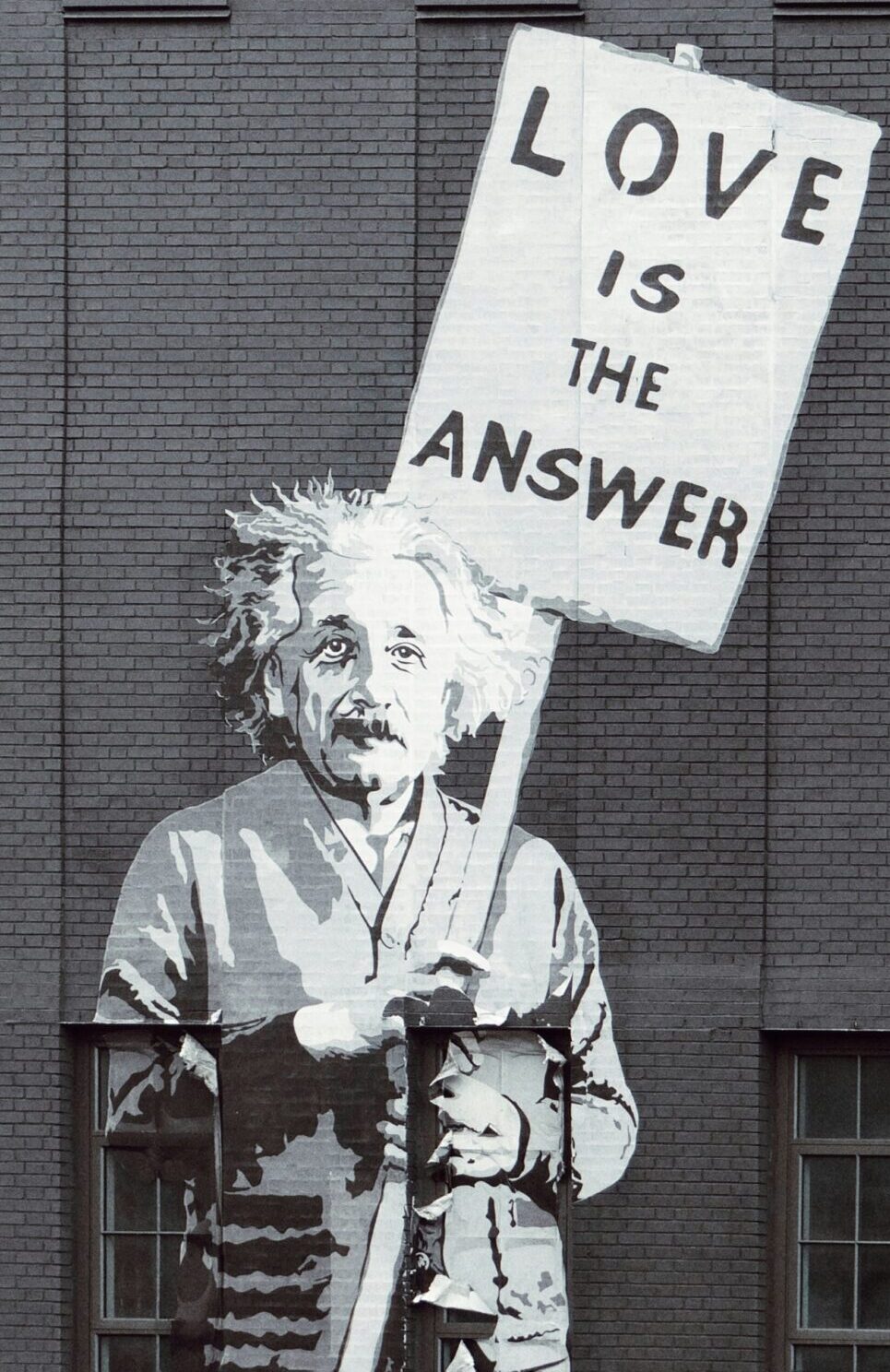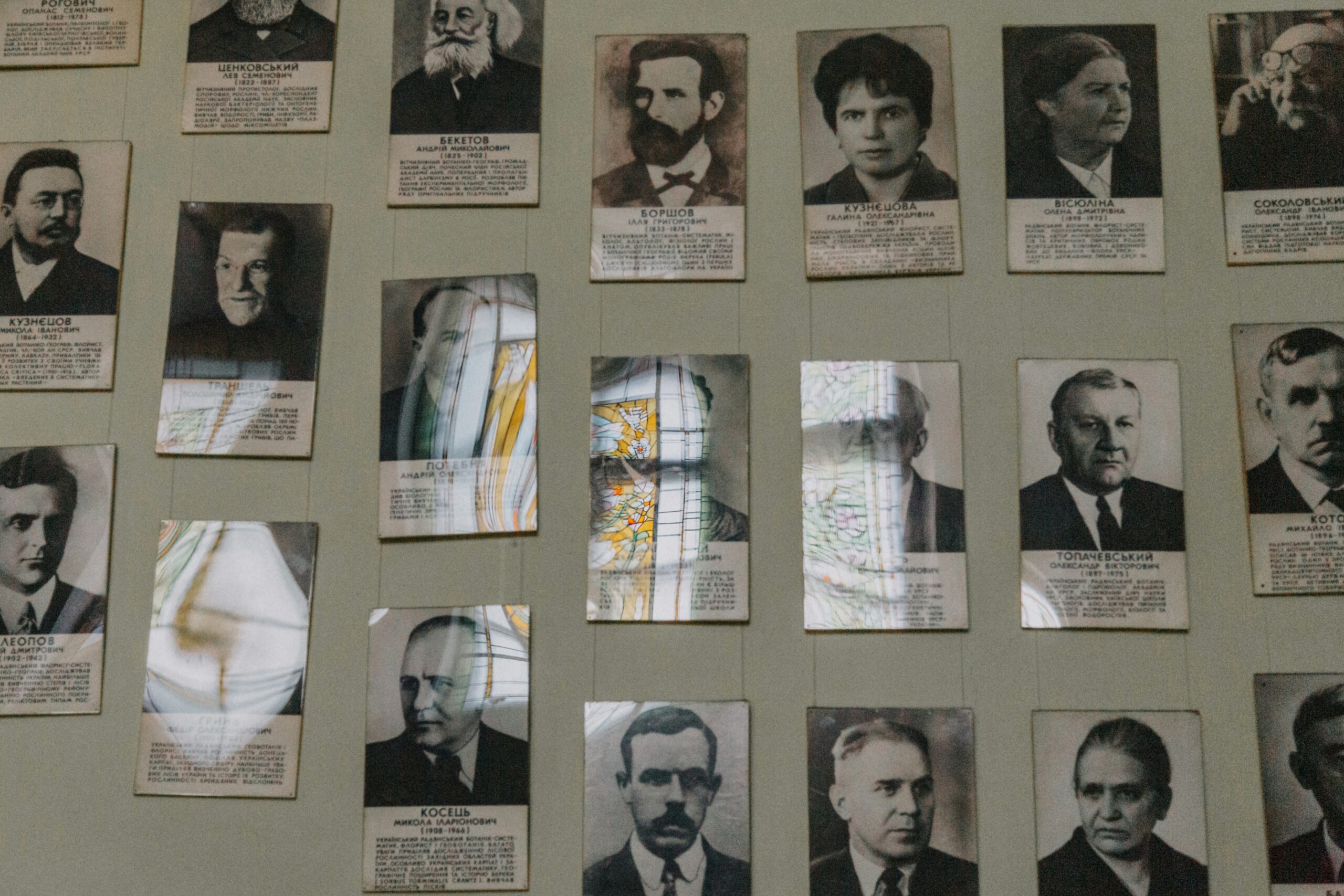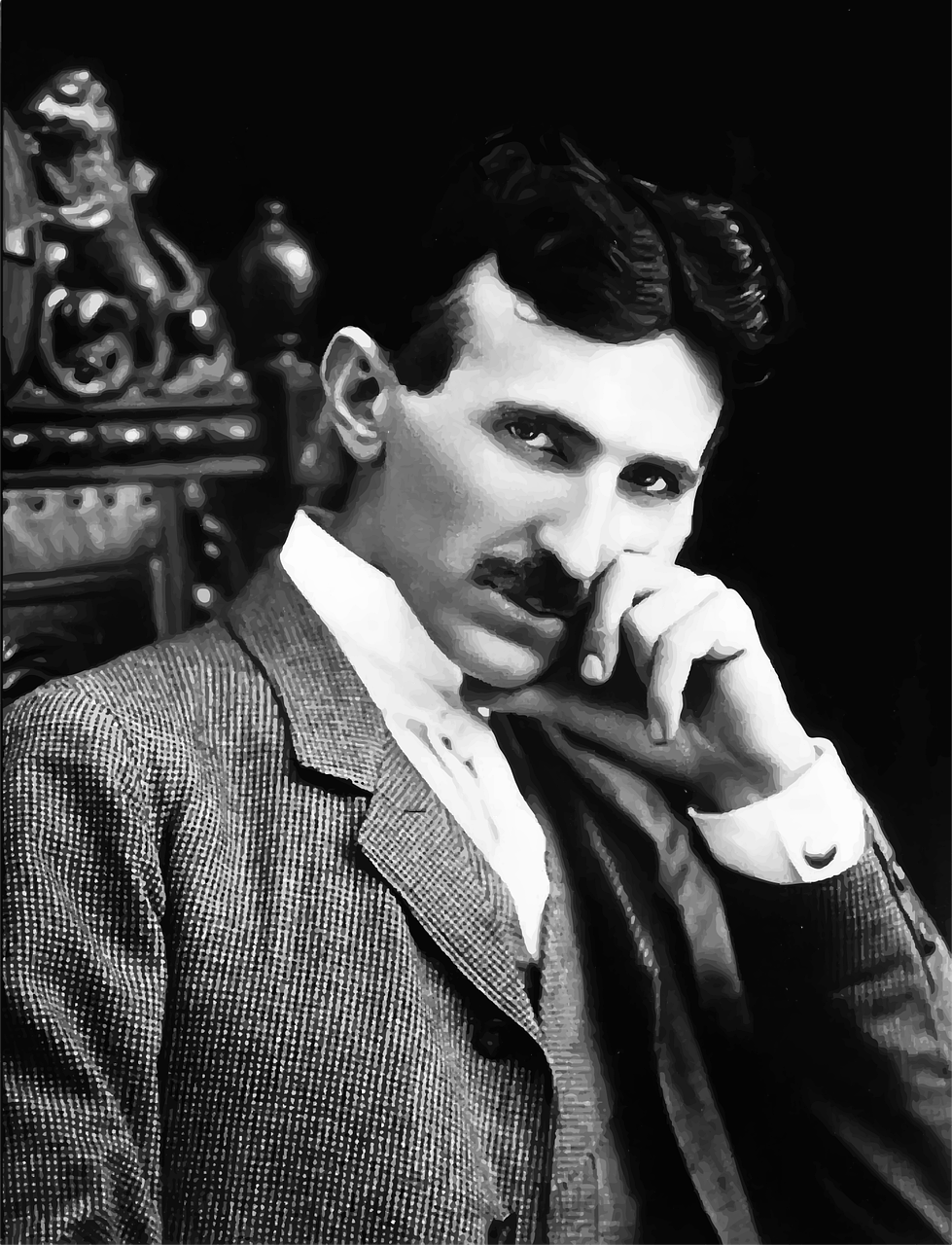Introduction
Albert Einstein, one of the most influential physicists in history, revolutionized our understanding of space, time, and energy. His pioneering research laid the foundation for modern physics, with contributions spanning the theories of relativity, quantum mechanics, and cosmology. His legacy extends beyond scientific discoveries, influencing philosophy, technology, and global peace movements.
Early Life and Education
Albert Einstein was born on March 14, 1879, in Ulm, Germany. From an early age, he exhibited a deep curiosity for mathematics and physics. Despite early academic struggles, he excelled in scientific subjects and later attended the Swiss Federal Polytechnic in Zurich, where he specialized in theoretical physics. His intellectual abilities soon led him to develop groundbreaking theories that reshaped physics.
Einstein’s Major Scientific Contributions
1. Special Theory of Relativity (1905)
Einstein’s Special Theory of Relativity, proposed in 1905, established that the laws of physics are the same for all observers in uniform motion and that the speed of light remains constant regardless of an observer’s motion. His equation E = mc² demonstrated the relationship between mass and energy, forming the basis for nuclear energy and particle physics.
2. Photoelectric Effect and Quantum Theory (1905)
Einstein’s explanation of the photoelectric effect provided key evidence for quantum mechanics, proving that light consists of discrete particles called photons. This work earned him the Nobel Prize in Physics in 1921 and played a crucial role in the development of modern electronics and quantum technology.
3. Brownian Motion and Atomic Theory (1905)
In another milestone contribution, Einstein explained Brownian motion, providing empirical proof of the existence of atoms and molecules. His work supported atomic theory and led to significant advancements in statistical mechanics and thermodynamics.
4. General Theory of Relativity (1915)
Building upon his earlier work, Einstein introduced the General Theory of Relativity, which redefined gravity as the curvature of spacetime caused by mass and energy. This theory replaced Newton’s classical view of gravity and was experimentally confirmed during a solar eclipse in 1919, when scientists observed the bending of starlight around the Sun.
5. Einstein Field Equations and Cosmology
Einstein formulated the Einstein Field Equations, which describe how matter and energy shape spacetime. His equations predicted black holes, gravitational waves, and the expanding universe, influencing cosmology and astrophysics.
6. Quantum Mechanics and the EPR Paradox
Although skeptical of some quantum mechanics interpretations, Einstein contributed to its development. He co-authored the Einstein-Podolsky-Rosen (EPR) paradox, which questioned the completeness of quantum mechanics and led to important discussions on quantum entanglement.
Einstein’s Influence on Technology and Society
Einstein’s theories had far-reaching implications beyond theoretical physics. His equation E = mc² indirectly contributed to the development of nuclear energy and the atomic bomb. However, he was a strong advocate for peace and disarmament, actively opposing the misuse of scientific discoveries for war.
Memorable Quotes by Einstein
Einstein’s wisdom extended beyond science, inspiring generations with his philosophical insights. Some of his most famous quotes include:
- “Imagination is more important than knowledge.”
- “The important thing is not to stop questioning. Curiosity has its own reason for existing.”
- “Life is like riding a bicycle. To keep your balance, you must keep moving.”
- “God does not play dice with the universe.” (his skepticism about quantum randomness)
Later Life and Legacy
Einstein emigrated to the United States in 1933, escaping Nazi persecution, and joined the Institute for Advanced Study in Princeton. Though he played a role in warning the U.S. about nuclear weapons, he remained an advocate for global peace, civil rights, and humanitarian efforts until his death in 1955.
His contributions continue to shape modern physics, space exploration, and technological advancements. From quantum computing to GPS systems, his theories remain foundational in scientific progress.
Albert Einstein’s work transformed the scientific landscape, redefining our understanding of the universe. His legacy as a physicist, philosopher, and humanitarian remains unparalleled. His relentless curiosity and intellectual brilliance continue to inspire scientists and thinkers worldwide, solidifying his place as one of the most remarkable figures in history.














